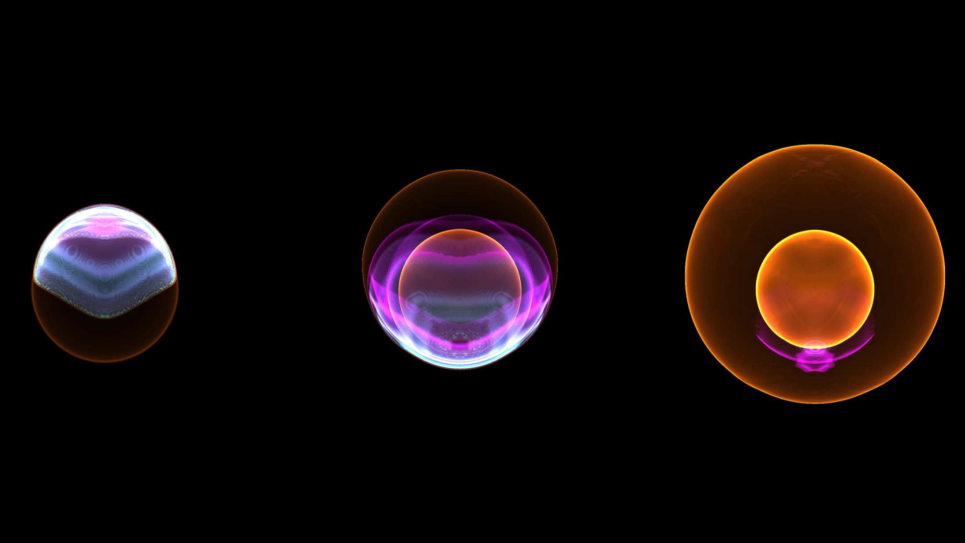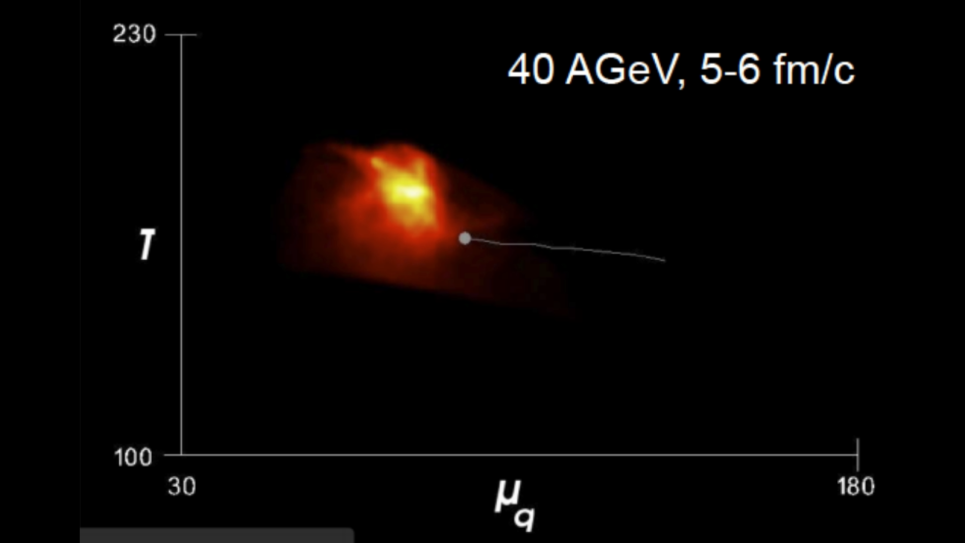Researchers will carry out large-scale simulations of direct-drive Inertial Confinement Fusion (ICF) implosion experiments performed at the OMEGA laser facility. The simultation data will be used to test predictability and identify other possibilities for performance improvement through target or laser modifications.
This ALCC project will carry out large-scale simulations of direct-drive Inertial Confinement Fusion (ICF) implosion experiments performed at the OMEGA laser facility. In these experiments, a spherical cryogenic layer of deuterium-tritium enclosed in a thin polymeric shell is imploded by the 60-beams of the OMEGA laser. Many measurements are made on each implosion to study its performance. The goal of these implosion experiments is to improve performance such that Mega-Joule-type fusion yields would be possible when scaled to the National Ignition Facility (NIF). This research will provide opportunities for additional physics studies such as studies of high-density matter, national security applications, and measurements of exotic nuclear processes relevant to astrophysical phenomena.
Recently, performance in cryogenic implosions has been improved significantly through the use of multivariate statistical techniques and spherically symmetric radiation-hydrodynamic codes. When scaled to 1.9 MJ (energy currently available on the NIF), the best performing implosions are predicted to yield ~500 kJ. However, significant deviations from spherically symmetric simulations are observed. Limited simulations conducted previously have identified various nonuniformities as potential sources of performance degradation. In this project, systematic studies of the effect of various sources of nonuniformity on target performance in OMEGA cryogenic implosions will be investigated using state-of-the-art physics tools included in the two-dimensional radiation-hydrodynamics code RIGEL. Such simulations are currently not feasible by the Laboratory for Laser Energetics due to resource limitations. With this ALCC project, direct-drive simulations across the parameter space of interest will be followed by the creation of synthetic observables (e.g., implosion trajectories, scattered light, neutron yield, ion temperature, hot-spot x-ray images), which will be compared with experiment. Signatures of the various sources of nonuniformity will be identified and trends in these signatures will be compared against experimental observables. Afterwards, statistical techniques similar to those previously used will be applied to the simulation database to test predictability and identify other possibilities for performance improvement through target or laser modifications. This will widen the parameter space for Mega-Joule yields.
These studies can significantly impact the direct-drive ICF program. They will potentially help identify dominant sources of nonuniformity, mitigation of which will lead to improved target performance. They will also help identify target designs in which nonuniformity might have a reduced impact on target performance. With improved performance in direct-drive implosions on OMEGA (a kilojoule class laser), ICF has the potential for ignition on Mega-Joule class lasers (such as the NIF). These types of improved implosions can also be platforms to study many different applications related to national security and other fields of physics including nuclear astrophysics and material properties under strongly coupled and degenerate conditions.

